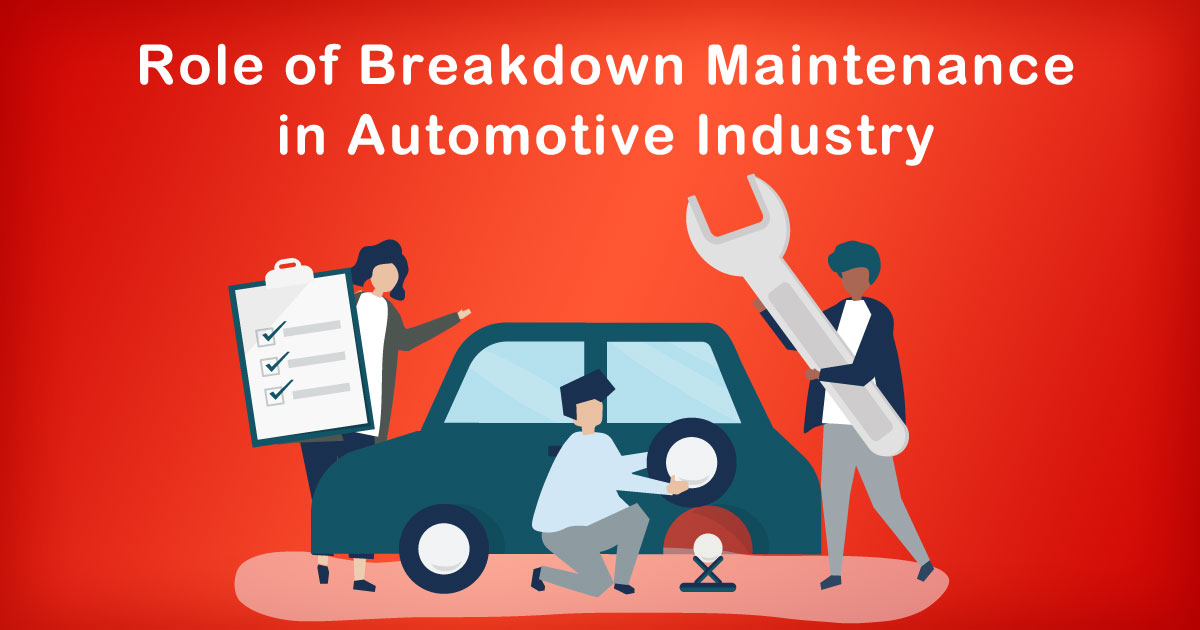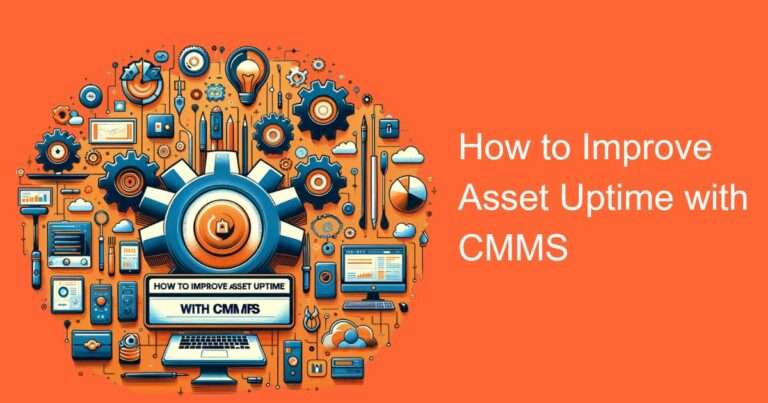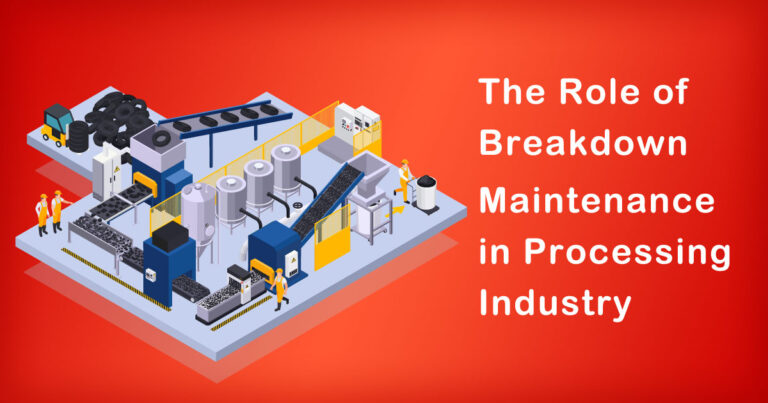Introduction
In the dynamic world of the automotive industry, efficiency and productivity are paramount. One crucial aspect that directly impacts these factors is maintenance, and more specifically, breakdown maintenance. This approach to maintenance plays a vital role in ensuring smooth operations and minimizing downtime in the Indian automotive sector. In this blog, we will delve into the significance of breakdown maintenance and its impact on the Indian automotive industry, supported by research and real-world facts.
Understanding Breakdown Maintenance
Breakdown maintenance, also known as reactive maintenance or corrective maintenance, refers to the practice of repairing or restoring equipment and machinery only when they break down or malfunction. Unlike preventive maintenance, which is based on scheduled inspections and replacements, breakdown maintenance addresses failures as they occur.
While preventive maintenance is often favored for its proactive approach, breakdown maintenance still holds a crucial place in various industries, including the automotive sector. Let us explore why this method remains relevant in India’s ever-evolving automotive landscape.
Cost-Effectiveness and Resource Allocation
Breakdown maintenance offers a cost-effective solution for certain equipment in the automotive industry. In a diverse market like India, where companies often cater to different budget segments, investing in complex preventive maintenance for every vehicle or machine might not be feasible. For older, less critical, or low-utilization machinery, breakdown maintenance can save significant resources by avoiding unnecessary inspections and replacements.
Maximizing Machine Utilization
In India’s automotive industry, where large-scale manufacturing facilities often operate round the clock, maximizing machine utilization is of utmost importance. Breakdown maintenance can be strategically employed to ensure that machines remain operational for extended periods without any major disruptions.
However, it is essential to note that relying solely on breakdown maintenance can lead to a higher risk of unexpected failures, impacting productivity and overall efficiency. Therefore, a balanced approach, incorporating preventive maintenance for critical equipment, is essential.
Managing Technological Transition
India’s automotive industry is rapidly embracing advanced technologies, including electric vehicles, autonomous driving systems, and digital manufacturing. As these technological transitions occur, older machines may become obsolete, making preventive maintenance plans less effective. In such cases, breakdown maintenance can serve as a transitional solution until updated maintenance strategies are in place.
Challenges and Mitigation
While breakdown maintenance can offer certain advantages, it comes with its share of challenges. One of the primary concerns is the unpredictability of failures, leading to unplanned downtime and potential production losses. To mitigate these challenges, automotive companies can adopt the following practices:
Data-Driven Insights:
Implementing condition monitoring systems can provide valuable insights into equipment health, enabling predictive maintenance actions and reducing the likelihood of unexpected breakdowns.
Root Cause Analysis:
Conducting thorough root cause analysis after each breakdown can help identify underlying issues and implement measures to prevent recurring failures.
Spare Parts Inventory:
Maintaining an adequate inventory of spare parts can expedite the repair process and minimize downtime when breakdowns occur.
Skill Enhancement:
Ensuring that maintenance personnel receive regular training and stay updated with the latest industry trends can enhance their ability to address breakdowns effectively.
Conclusion
In conclusion, while preventive maintenance is undoubtedly a crucial aspect of the automotive industry, breakdown maintenance cannot be ignored, particularly in the context of the Indian market. Its cost-effectiveness, strategic application, and role in managing technological transitions make it a relevant maintenance strategy in the Indian automotive industry.
However, it is vital to strike a balance between breakdown and preventive maintenance, tailoring maintenance plans based on the specific needs of each machinery or vehicle. By doing so, automotive companies can optimize productivity, reduce downtime, and ensure smooth operations in the highly competitive and ever-evolving Indian automotive sector.








